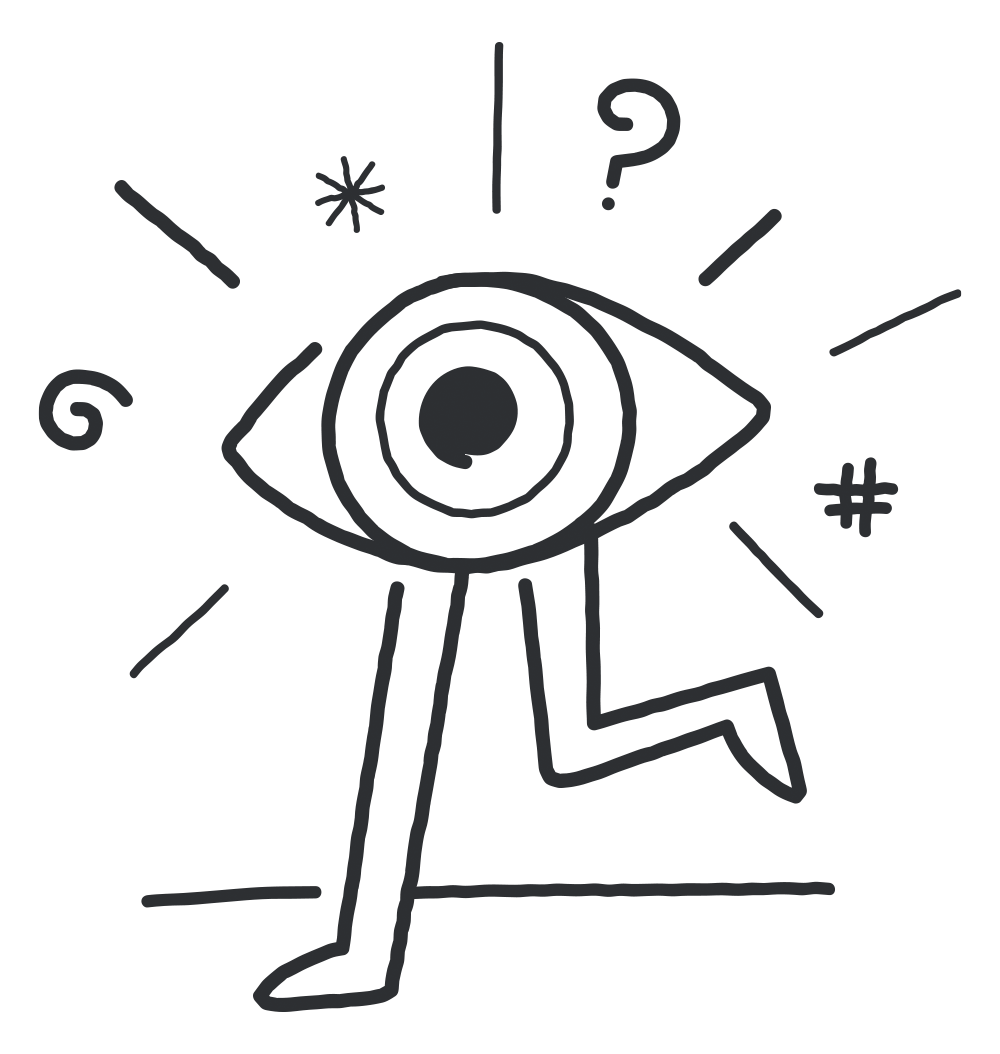
SHOPPER DECISION MAKING
Mobile
Ethnography
Mapping the
Path to Purchase
The shopper journey begins before an individual leaves home (or work, or school, or wherever). Different triggers will generate different shopping missions which, in turn, will influence which channels and stores are visited, which brands / pack formats are considered, and the relevance and impact of promotions.
Mobile ethnography enables shoppers to record their thinking and experiences on their smartphones, before, during and after shopping trips. We track these commentaries and have an
opportunity to deep dive into specific aspects of feedback as we go. Shoppers also photograph and video displays, offers, ads and promotions as they are seen, again commenting on relevance and influence.
As well as providing a rich source of insights into touchpoints and experiences, video recordings
provide a vivid and impactful, fully GDPR compliant, reference library that can be shared with internal and external audiences.
DESIGN RESEARCH
Eye Tracking
Measuring
Visual Attraction
Eye Tracking technology is constantly evolving and can be applied to understand the effectiveness of all forms of visual brand communication, from packaging to POS to advertising.
Mobile Eye Tracking (Glasses) allows us to assess the impact of packaging and other brand comms in real time and real-life environments, such as in store.
Static Eye Tracking (Desk-based) allows us to assess different visual executions in a “virtual” environment, without requiring in-store or central location tests.
On-Line Eye Tracking allows us to integrate visual concepts into on-line surveys, delivering a 360° understanding of both the relevance, meaning, and impact of different creative ideas.
We have been using eye tracking to assess the efficiency of visual communication to attract and retain shoppers’ attention for over 20 years.
Researching
Shopper Behaviour
Because much repetitive everyday shopping is undertaken automatically – on auto-pilot – it is often difficult for shoppers to report back on their decision making after the event.
At Visuality, we have developed a range of research methods that deliver detailed insights into in-store behaviour and decision making along the Path-to-Purchase.
PACK RESEARCH
Schemata™
Research
Identifying Unique
Visual Brand Assets
Shoppers learn to recognise brands and categories rapidly and automatically, using a small number of visual cues. These are sometimes called “brand codes”. Byron Sharp terms them “visual brand assets”.
Problematically, because brand recognition is a subconscious process, it is difficult for shoppers to describe these cues after the event in conventional research formats.
Schemata Research allows us to identify specific visual cues that drive recognition, understanding, and brand saliency.
Schemata Research is relevant to all visual brand communication, especially brand redesign and range extensions.
SHOPPER BEHAVIOUR RESEARCH
CatScan™
Exploring Engagement and
Conversion at Point of Sale
CatScan offers a deep dive understanding of shopper behaviour across a category, and the factors that drive it.
Our CatScan approach involves experienced Visuality executives spending time in store observing natural shopper behaviour at point of purchase and subsequently intercepting shoppers as they move away from the display to ask brief questions about the factors driving the behaviours we have witnessed.
CatScan observations can be used as an input into our Shopper Engagement Model™ (SEM) to provide a quantitative assessment of engagement and conversion, and to identify the points at which shoppers drop out of their in-store path to purchase.
RESEARCHING ONLINE SHOPPING
Online Safaris
Engagement &
Conversation Online
By recording shoppers’ screens as they complete their online shops, we can understand the online path to purchase, and online factors influencing engagement and conversion, especially the reach and impact of Digital Retail Media.
In addition to the above techniques that focus on behaviour, we offer bespoke qualitative and quantitative research tailored to meet specific business objectives including Shopper Segmentation, Market Opportunity Identification, New Product Development and Decision Purchase Hierarchies.